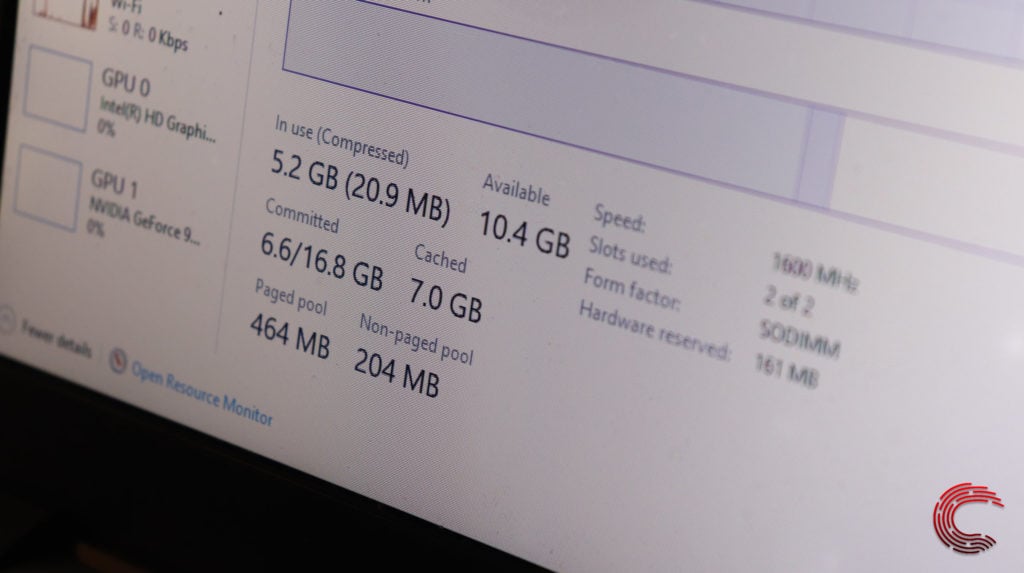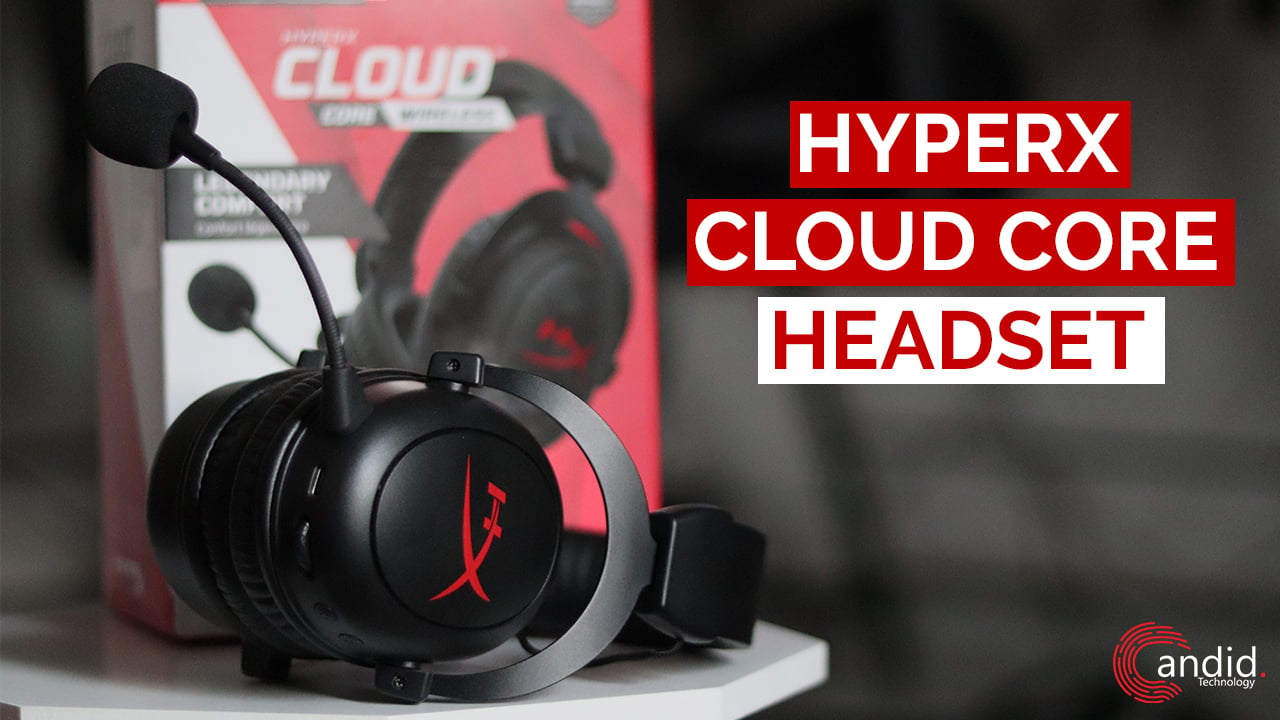Your RAM is one of those components in your computer that heavily impacts how fast your PC performs. You could have the latest and greatest in terms of CPU and GPU, but if you’ve got slow or less RAM, you’re computer’s going to bottleneck.
There are a plethora of RAM types to choose from in the market. However, with DDR5 becoming increasingly accessible, DDR4 RAM is significantly dropping in price. In this article, we’re taking a look at DDR4 3200MHz vs DDR4 3600MHz RAM to help you figure out which one’s the better choice for you.
Also read: ANSI vs ISO keyboard layout: 5 key differences
What are these numbers?
The 3200MHz or 3600MHz numbers denote the clock speed of the RAM, also known as the RAM speed itself. This speed indicates how long it takes for the RAM to process a request from the CPU and read or write the corresponding data. The faster the speed, the better the RAM will perform.

3200MHz RAM sticks can process up to 3.2 billion cycles per second, while 3600MHz sticks can go up to 3.6 billion cycles per second. On paper, it might look like 3600MHz is the obvious choice; however, it’s a lot more complicated than that.
Also read: How much RAM do you need to run a Minecraft server?
3200MHz vs 3600MHz
There are a few fundamental differences between the two speeds which you need to understand before you decide which one to buy.
RAM Speed
As we’ve already discussed before, RAM speed dictates the performance of the stick itself. Higher speed usually means better performance, but it also means that your other components, especially the CPU and storage also need to be up to the mark to use the faster RAM speed to its maximum potential.
CAS Latency
CAS or Column Access Strobe Latency measures how fast your RAM can process commands received from the processors and prepare the required data. Since it’s a measure of time, the general rule of thumb is that lower latency means better performance. However, other factors, including your choice of processor (Intel or AMD), play an essential role.
This latency is measured in CL, followed by the latency number. DDR4 3200 comes in CL 14 to 16, and DDR4 3600 comes in CL 15 to 19. The RAM with the higher RAM speed and lower CAS Latency will perform better.
Capacity
There’s not much difference between the capacities here. Both RAM speeds are available in 8, 16, 32, and 64GB capacities.

Chipset
Chipset is also a rather important factor when picking out RAM modules as they determine compatibility with a motherboard or processes. DDR4 3200 and DDR4 3600 are identical in this regard as well as both RAM sticks will feature the same XMP 2.0 chipset.
Operation voltage
The power required to run both sticks is also identical. Both RAMs need somewhere between 1.2 and 1.4 volts to work at their best speeds.
Price
Lastly, price is the most significant differentiating factor between the two sticks outside of RAM speed. Memory prices are impacted by several things, including RAM speed, capacity and CAS Latency.

As a general rule of thumb, faster RAM speed, higher capacity and lower CAS latency mean a high price tag.
Which one should you pick?
The answer comes down to what you will be doing with your computer. If you’re building a PC for everyday use with no intention of running any resource-hungry applications, you aren’t going to see as much of a difference between 3200MHz and 3600MHz memory.
However, if you’re going to be playing a lot of games or doing something like 3D rendering, video editing or other resource-heavy tasks, the extra 400MHz of speed you get with 3600MHz RAM combined with a lower CAS Latency will go a long way in helping your PC perform faster.
Also read: What kind of RAM do I have?






